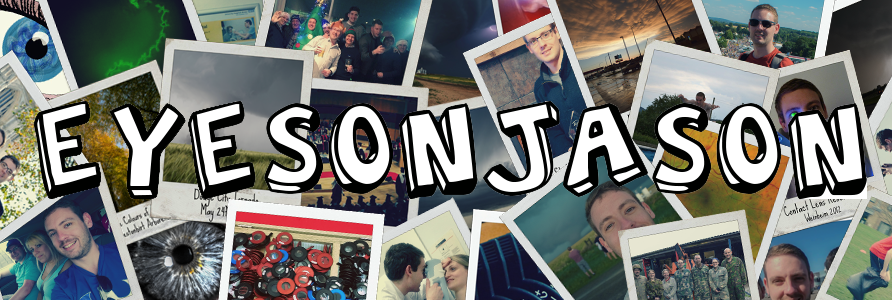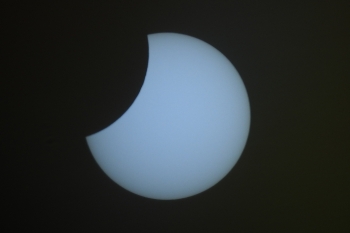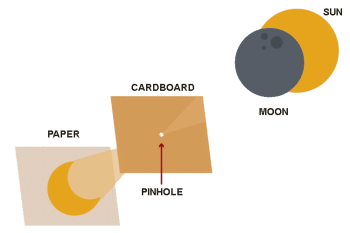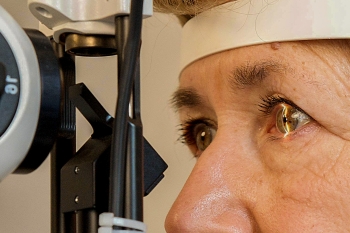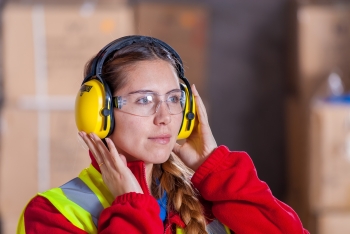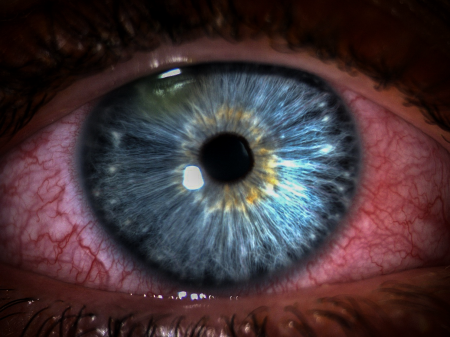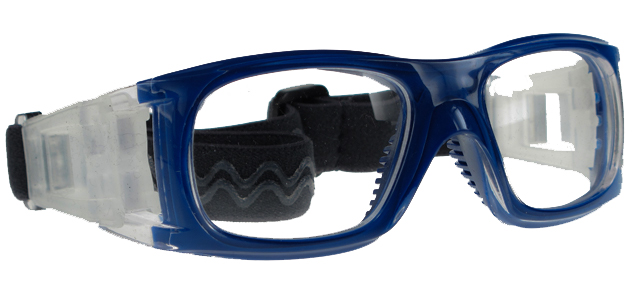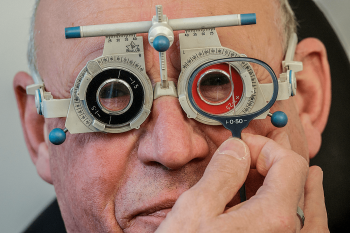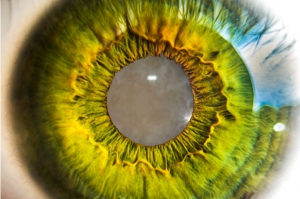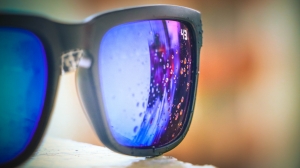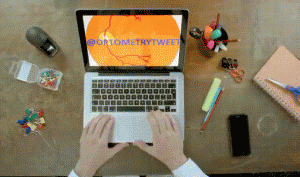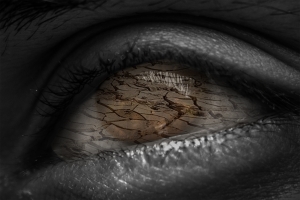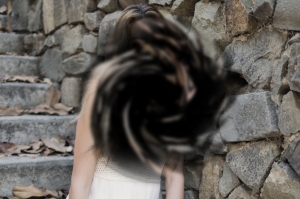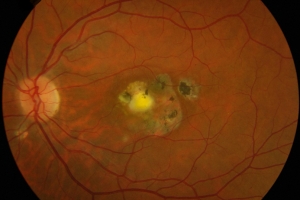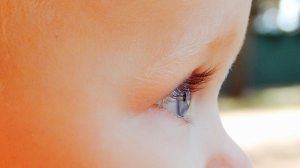Tablets, Computers and Phones: What Are They Doing to Your Eyes?
Electronic screens are hard to miss these days. They form the screens of our work and home computers, our phones, our tablets and even our watches are getting in on the electronic display action. With so many screens commanding our attention, the question is often asked about how they are affecting our eyes and if it is safe for our children to use them. This article looks at some of visual concerns that surround the use of screens and what you can do to protect your eyes.

How do computer screens affect our eyes?
Computer Vision Syndrome
Computer vision syndrome (CVS) is a commonly reported side effect from those who regularly use computer screens for prolonged periods of time. It is estimated that approximately 65% of adults that use computers have reported symptoms of CVS, which include headaches, double vision, blurring of vision, irritated/burning sensation of the eyes and eyelid twitching. Most of these symptoms are reported for sessions on computers that exceed 2 hours in duration, but can happen soon after you log on to your device.
Adults are not the only ones that can struggle with CVS, with screens now occupying many hours of our children’s lives. School work, homework, videogaming/social media, playing on the tablet and using the phone means they are looking at screen for extensive periods during their day.
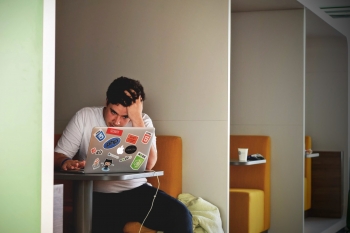
Headaches and eyestrain are symptoms of computer vision syndrome
It is caused by the difference in contrast of the characters on screen to what we see on printed material. As the characters on a screen are less defined around the edges than their printed counterparts, the eyes find it hard to focus on them and opt to go to their minimal level of focus. They will then strain to see things sharper, before going back to this resting focus level. This alternating of focus continually acting upon the eye muscles leads to fatigue and spasm, which then form the symptoms of CVS.
Additionally, our blink rate drops significantly when using a computer. We stop “looking” at the screen and start “staring” at it. Blinking is necessary to distribute lubricating tears across the surface of the eye and to maintain a clear and smooth optical surface. When our blink rate drops the eyes can become drier, meaning the optical surface is less smooth thus making vision blurrier. They also begin to feel uncomfortable as the eyelid finds it harder to glide across the front surface of the eye, causing the eyes to feel irritable and tired.

Struggling to focus? Blurry screen? You may be suffering
from computer vision syndrome
To tackle CVS, optometrists recommend that you take frequent breaks from your computer screen and follow the 20-20-20 Rule – that is for every 20 minutes of screen time, look at something 20 feet away for 20 seconds. This allows the eyes to relax from their fluctuating focus and allows some recovery from the excessive work they have been doing.
Furthermore, it is recommended that you try to be aware of your blinking and make a conscious effort to do it whilst working. In some cases, computer glasses can be prescribed by your optometrist to help you focus, but be sure to request the anti-reflective coating to reduce the glare from the screen.
Blue Light
Blue light is a hot topic for computer users as there is increasing evidence that it may adversely affect your eyes. Blue light falls within the visible light spectrum, but has much higher energy to it than the other colours. The light is emitted naturally by the sun, but is also radiated in moderate concentrations from the screens that we use.
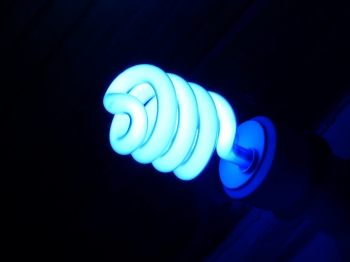
Are you aware of the effects of blue light on your eyes?
So why are we concerned by blue light? Some studies have shown that blue light can harm the eyes by causing changes at the macula and the crystalline lens, however the evidence is patchy. Furthermore, the blue light waves in natural daylight far exceed the levels from the screens, so concern on this is low. There has been some link that blue light reaching the retina can affect the circadian rhythym (your natural body clock) – with the blue light tricking your body into thinking it is day time and thus keeping you awake later. This in turn can make you (or your child) tired and more irritable.

Cutting out screen time an hour before bed may just help you sleep better
There are ways to combat this blue light, with optometrists recommending stopping screen use an hour before bed time (for both you and your child), switching on “night mode” on some devices, which switches the overall colour tone of the screen towards red – thus lessening the effect of the blue light on the body clock. There are some coatings that can filter out blue light from your eyes and your optometrist or dispensing optician can advise you further on the ones that they offer. That aside, there is little to no evidence that they prevent eye disease or reduce the effect on the body clock.
Myopia (Short-Sightedness)
Myopia is the official term for short-sightedness and there is growing evidence that prolonged near tasks, such as screen use can lead to myopia developing. Current proven risk factors of myopia include ethnicity, family history and the environment (such as excessive time indoors or in environments where the long-distance sight is not regularly needed). At present, screen time alone has not been attributed as a direct cause, but must be considered a risk to children developing myopia. This is supported by the evidence that children that spend more time outdoors are less likely to be myopic.

2 hours a day of outside play may reduce the
risk of myopia developing
To protect against the possible risk of myopia development through screen time, optometrists are currently recommending that your child spends 2 hours a day (where possible!) playing or taking supervised walks outside. It is also recommended that parents limit their child’s use of screens throughout the day and to not let their children take their tablets or phones to bed with them. Optometrists advise that parents should book their children in for eye examinations at least every two years, or more often if recommended.
In summary, there are multiple ways that screens affect your eyes and with the above advice to hand, may just help you combat back!
Would you like to feature this blog post on your website? If so, please contact me for licensing - I can be contacted on this page
